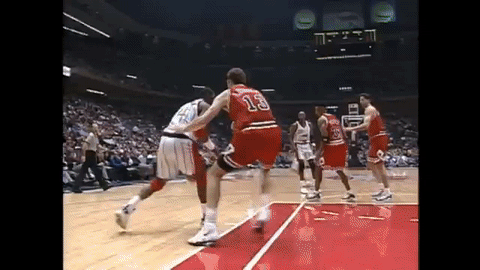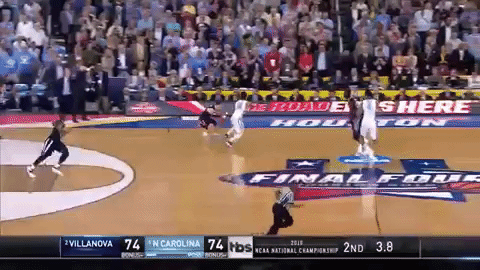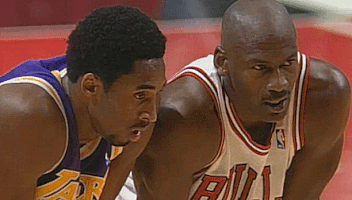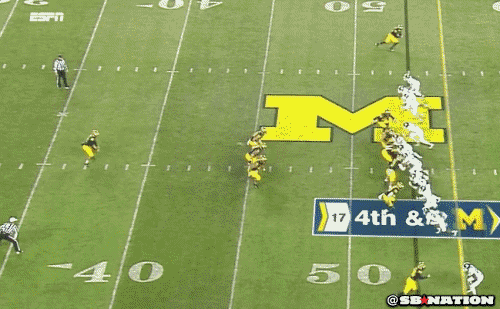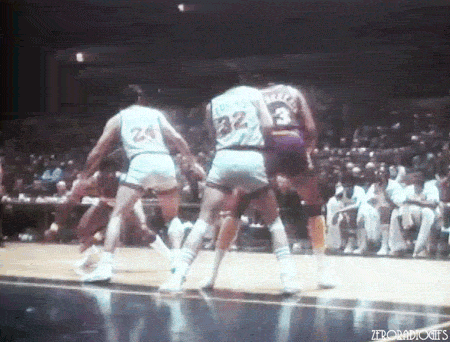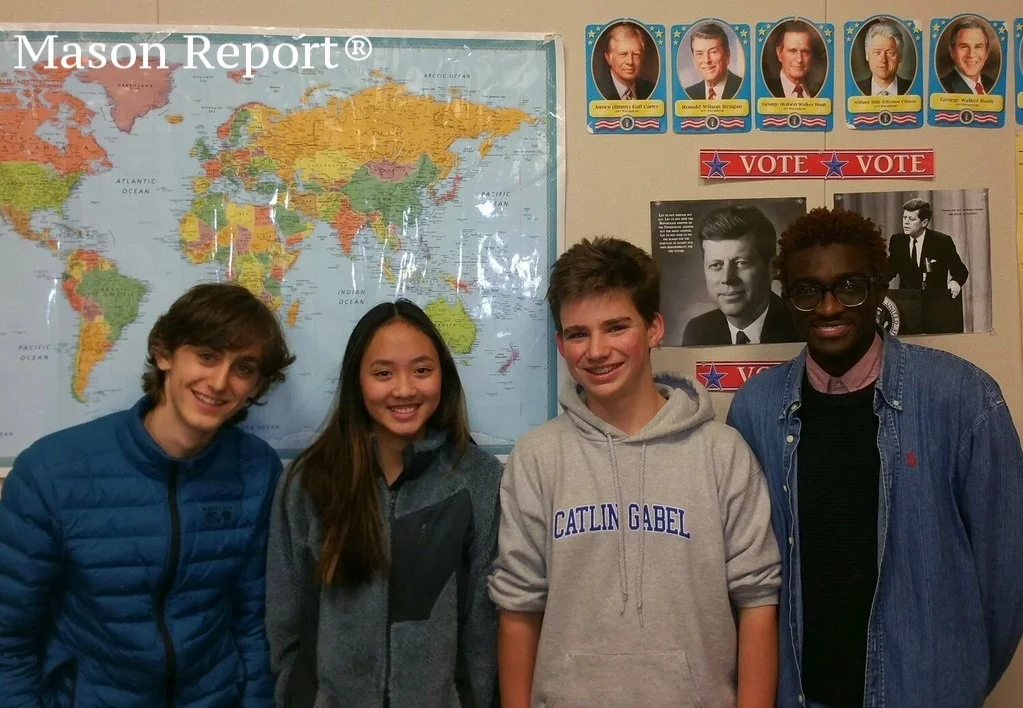Pay Them Already: The NCAAs exploitation of amateur athletes
Published in The Forum
What if earning billions of dollars only required hiring four hundred thousand young employees who you refused to compensate for their work? Sound like a lucrative but oddly familiar scheme? It should. This work for no pay model has been the accepted practice of the National Collegiate Athletic Association (“NCAA”) for decades, but it's time for a change.
NCAA slave labor practices should end for two basic reasons 1) a gross disparity exists between the revenue generated by athletes compared to the cost of their education; and 2) American laws protect people’s rights to profit off their likeness in every industry except college sports.
According to the USA Today, in 2013, the top ten grossing universities generating revenue via participation in NCAA events, earned a combined $1.3 billion (Billion with a capital B) none earning less than $100 million. The next ten universities each earned a minimum of $94 million, the next ten no less than $82 million, the next ten no less than $70 million, while the NCAA itself grosses over $900 million a year. You get the picture; colleges, universities, and the NCAA generate astronomical amounts of revenue. Everyone benefits from the revenue… everyone, except the individuals responsible for the revenue.
Those responsible are the four hundred thousand student-athletes donning uniforms in representation of their employers, excuse me, universities. In this respect the term student-athlete and employee are interchangeable. As employees, college athletes should be entitled to compensation for services rendered. Their labor is just that, labor.
Opposition to the pay college athlete’s movement dismisses ideas of fairness, claiming college athletes receive a free education. This view is fundamentally flawed. As a former NCAA Division I football player I can attest players are obligated to watch an average of ten hours of film each week, participate in 14 hours of practice, complete 6 hours of strength and conditioning, and interact in 8 hours of team/positional meetings. Ultimately college athletes devote approximately 38 hours a week on their craft and that does not include travel time or competition.
What about sleep? If a college athlete is fortunate to receive even 6.5 hours of sleep a night, that consumes 45.5 hours of the week. But, aren’t they supposed to be studying? Why yes! The average recommended study time for a full-time student is 40 hours. Do they ever go to class? Well, that is the goal. Full time students are in class an average of 15 hours a week. Hmmm. It looks like we’re running out of hours. Don’t be silly; there is plenty of time. Of the 168 total hours in a week, college athletes are afforded a whopping 29.5 hours of “free time,” Whoo hoo! But wait, what about travel, and, the game? Ok, so maybe there isn’t as much free time as we anticipated, but its ok because…well…remember they are receiving a “free education.”
Before the 2013 season, Johnny Manziel, Heisman Trophy winning quarterback for Texas A&M University, was in jeopardy of being declared ineligible for the season, for allegedly accepting nearly $7,000 for hundreds of autographs. If anything, Manziel should have been punished for not realizing his true value. He individually earned A&M at minimum $20 million. Rights and licensing alone rose over $15 million dollars for the Aggies from 2012 to 2013, the largest single year increase in over ten years. Rest assured that increase is wholly attributable to Manziel’s flair and athletic prowess. Yet, he was ridiculed as a selfish, troubled playboy. More like, underpaid thoroughbred without stud rights.
ESPN stats highlight Todd Gurley II, running back for the University of Georgia football team accounted for 25% of the Bulldogs offense in the 2013 season and had an even greater impact on the revenue generated. Sadly, these days Gurley is not on the field representing the Bulldogs. He is awaiting a final declaration on his appeal from suspension for also allegedly receiving money for autographs. Gurley is a renowned football player with a highly unique skillset. The mere fact that individuals would trade cash for him to sign paper or memorabilia evidences that rare commodity. How long does the NCAA expect to continue punishing this form of greatness?
The NCAA is at its most critical juncture since founding. Never have college athletes been more profitable or more oppressed. If they continue to operate under current archaic principles, the foundation of its business (the athletes) will revolt and refuse to continue laboring. It is imperative the NCAA demonstrate flexibility and a willingness to evolve, or suffer a disbanding that it will never recover from. The Power Five conferences have already unilaterally decided that a change to compensation policy is in order. It is only a matter of time before a cerebral group comprised of members from each five develop their own league with no anti-American restrictive compensation policies.
NCAA Bylaw 12.5.2.1 stipulates that student-athletes forfeit amateur status by accepting any benefit for promotion that uses his or her likeness. This policy is in conflict with American antitrust laws. Individual citizens, companies, seemingly every entity associated with a brand has a legal claim to compensation for the use of it. Mark Emmert, President of the NCAA claiming that, “Reducing student-athletes to paid employees is antithetical to the principles of intercollegiate athletics,” is a farce and ignores the reality that minimal (and limited) scholarship money is incomparable to the billions that colleges and universities rake in.
At least one federal judge in California, Claudia Wilken, is on the right side of history. She ruled earlier in the year, in favor of Edward O’Bannon Jr., a former basketball player for the UCLA Bruins. O’Bannon sued the NCAA for antitrust violation per the NCAA’s conspiracy to prevent former college athletes from receiving compensation for their images. Judge Wilken’s decision provides injunctive relief, which lifts the ban on athletes receiving compensation for their name, image, and likeness, starting in 2016. The NCAA is appealing the decision but this ruling marks a minor victory for exploited college athletes past and present.
For those opposed to bestowing monetary benefit upon college athletes, here’s a proposal: cut the competitive season in half, and allow student-athletes to be… students. If you dislike this proposal because the weekly spectacle is too important to your social and entertainment expectations, then it is time to implement a system that fairly compensates all laborers. Labor laws were created to eliminate employer exploitation. Otherwise, anticipate a long overdue strike perpetrated by NCAA athletes demanding fair compensation.


